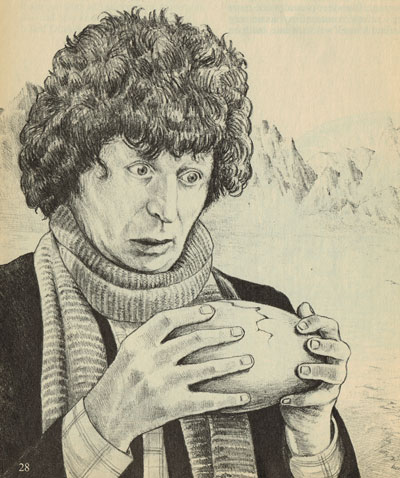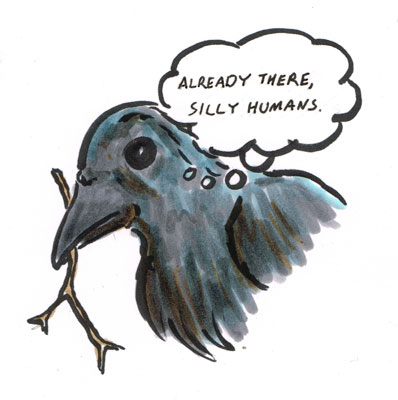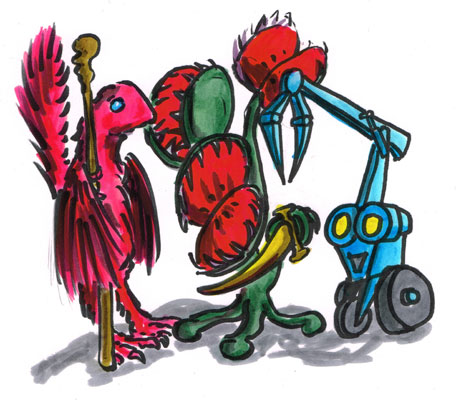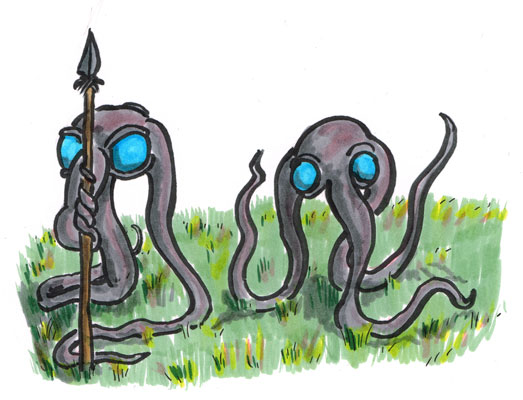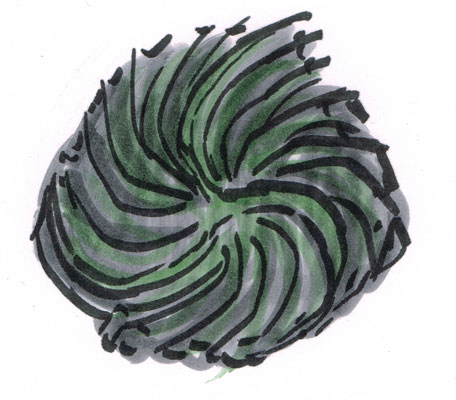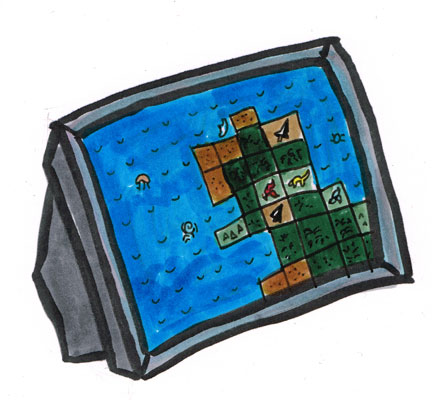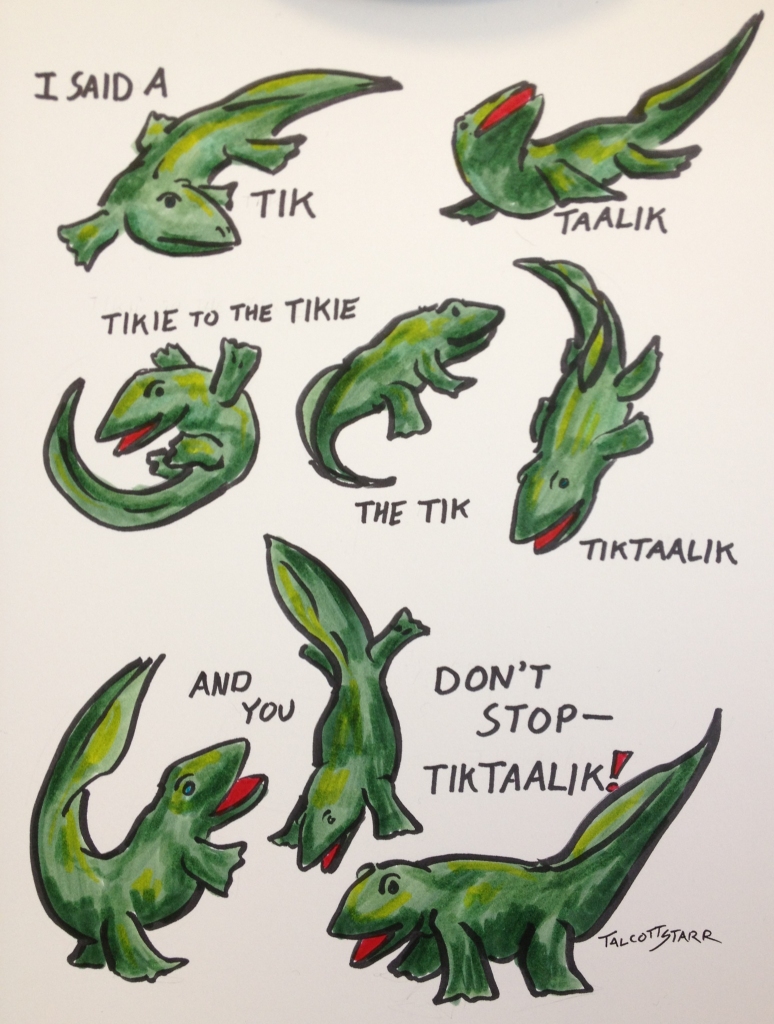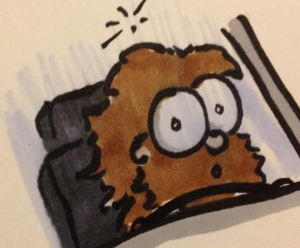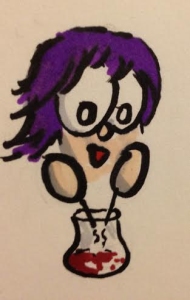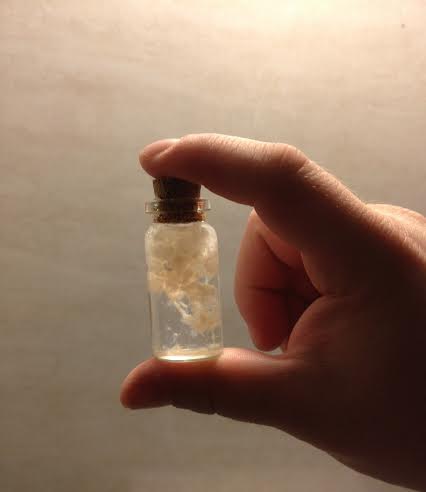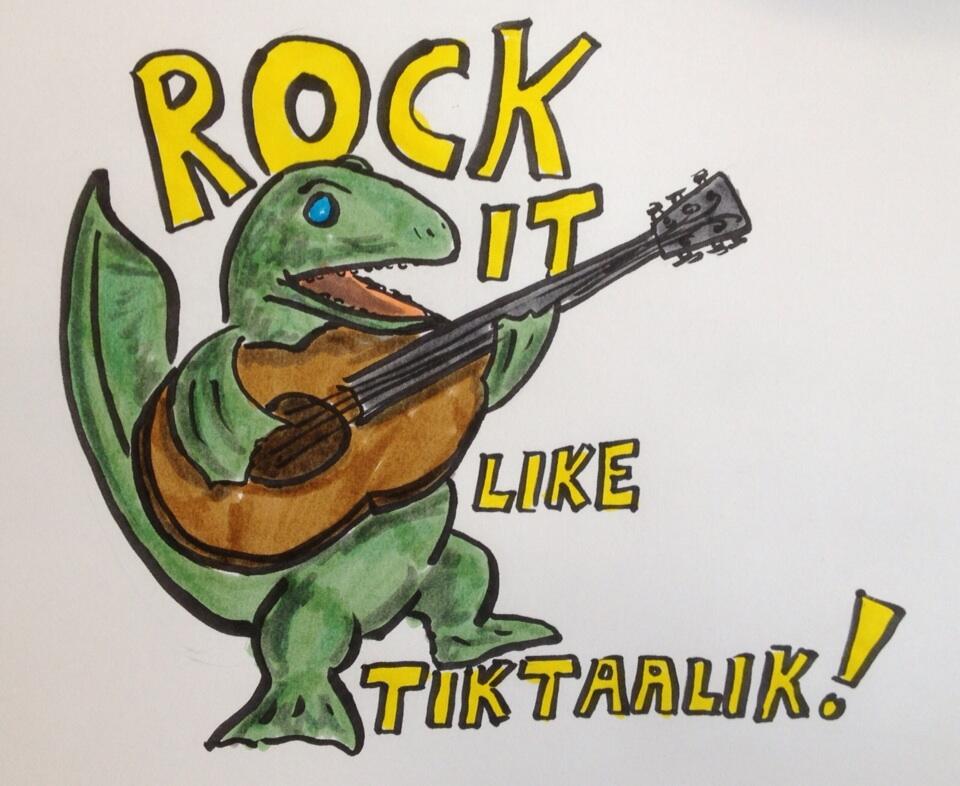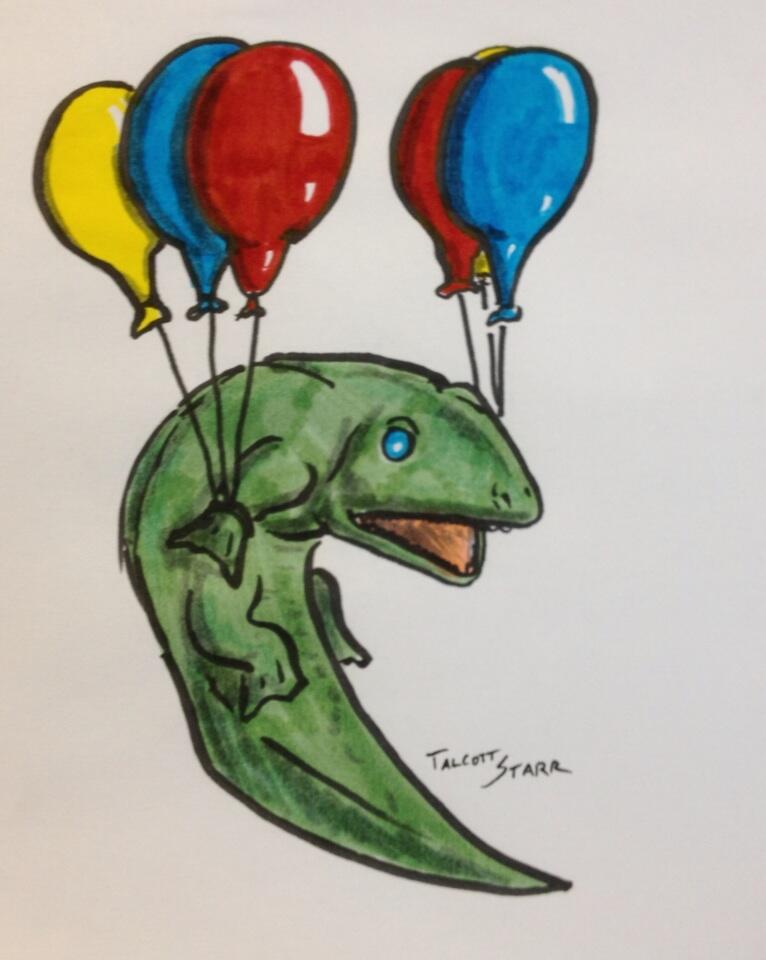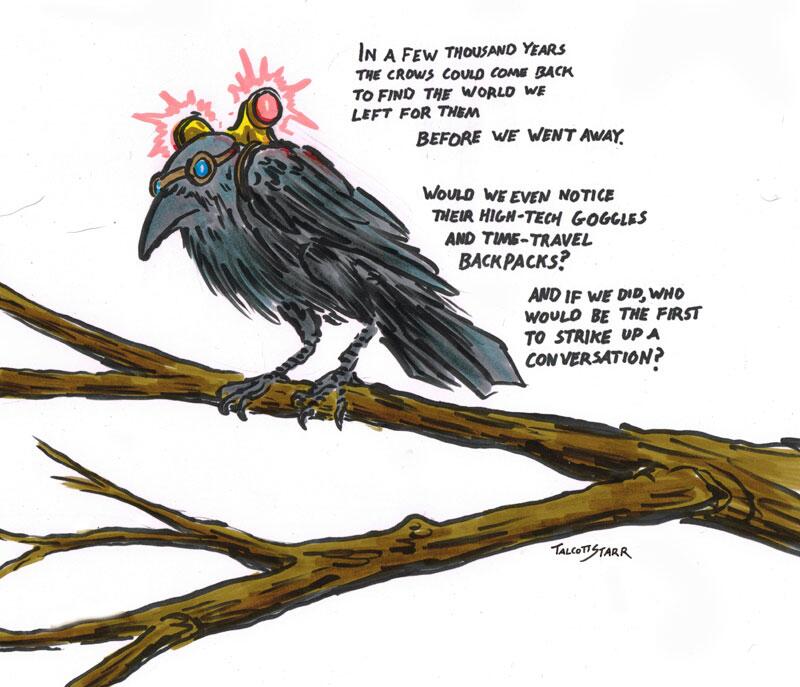Every so often, I come across a piece of media that feels like it was created just for me. The Doctor Who Dinosaur Book, published in 1976 (five years before I even existed), is one of those objects. Written by noted Doctor Who scribe, Terrance Dicks, and illustrated by George Underwood (who toured with and created album covers for David Bowie), this actually has a lot more prestige that I would expect for a short children’s book in which The Doctor teaches the reader about dinosaurs.
It also has the best cover in the history of publishing.
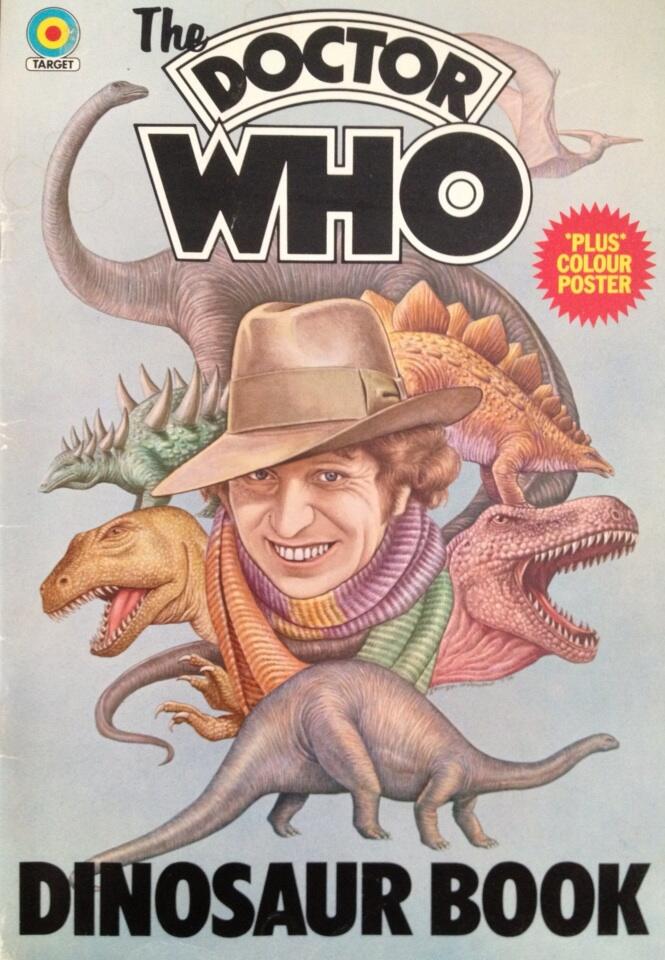
It’s taking all of my willpower not to remove and frame the poster version of the cover that’s bound into the book. Alas, when my father gave me this book in which The Doctor teachers the reader about dinosaurs, his one stipulation was that I leave it intact. That’s how heirlooms work in my family.
And now, let’s jump into our TARDIS and see what a nearly-immortal time traveling alien from 38 years ago has to tell us about life on Earth tens of millions of years ago.
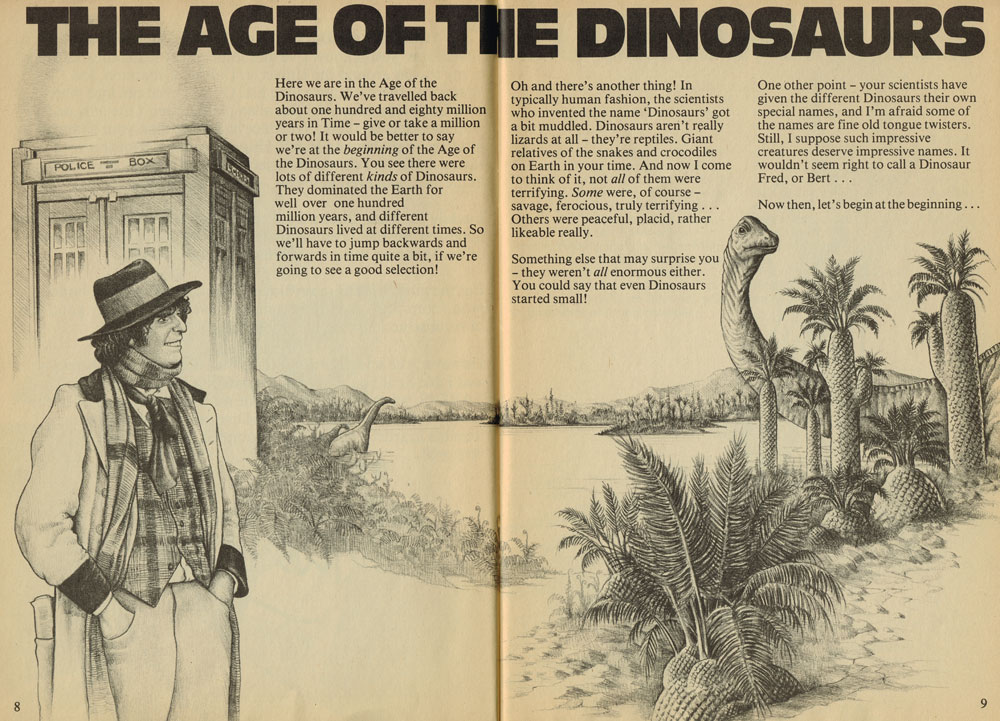
And here we are, in the pre-Dinosaur Renaissance swamp. This is our first sign that rather than traveling to the past of the world as we know it, The Doctor has incorporated some technology from Sliders and is visiting an alternate reality of the past.
(Side note: On Friday nights in college, while my peers were out at bars and parties, I actually played in a table-top RPG based on the idea of having a Sliders-inspired TARDIS. This was really just a mechanism to let us incorporate a wide range of player character types and backgrounds. I would say that nothing I say could make that dorkier, but then I could mention that my character was a Spinosaurus Transformer.)
Anyway, the art here is beautiful and atmospheric. While no one would have questioned simple cartoony line drawings in a book like this, George Underwood’s pencils put us right there beside The Doctor. Speaking of The Doctor, I appreciate that he is part of the action here. This isn’t just The Doctor narrating a book about Dinosaurs, this is The Doctor experiencing them for himself.

The illustrations (and text) in The Doctor Who Dinosaur Book, like a lot of dinosaur books from the 70s, exist in two prehistoric worlds at once. Here we go from the water-dwelling sauropods to a very forward-thinking bit about Coelophysis. The illustration itself is a bit overly lizard-like, but it’s bipedal, and the text makes the bird link.
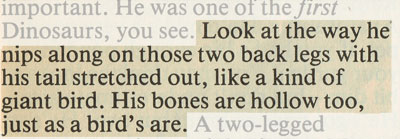
But then, on the very next page, we go back to the old dinosaur tropes.
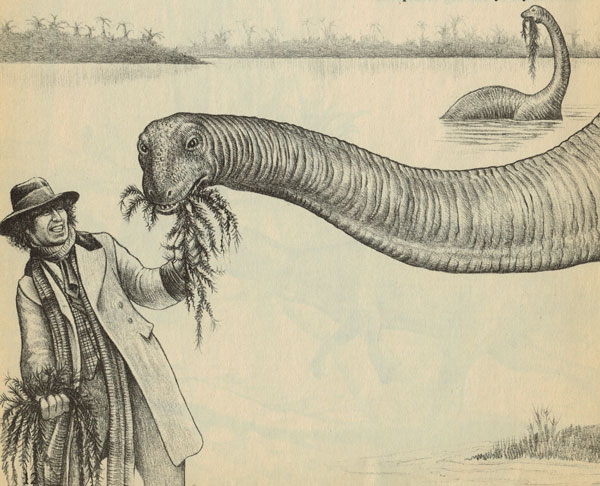
Science aside, I love the way The Doctor is feeding that Apatosaurus. The look on his face is somewhere between excitement and fear, which is exactly how I imagine I would feel in the situation. The dinosaur itself is an anatomical mess, with its fat body and skinny neck, but those wrinkles are beautifully textured, and you can almost smell the warm, wet lake.
And then, skipping ahead a little bit, we get to this very active Allosaurus.
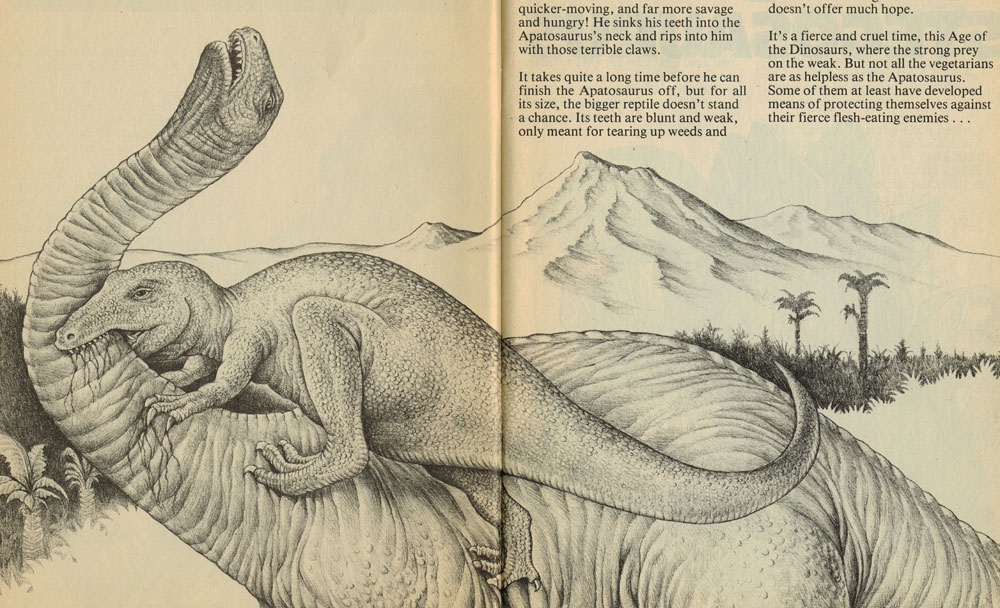
The text doesn’t get into how exactly the Allosaurus managed to get all the way up there, but it seems like it might have had a step-ladder just off the bottom of the page. I’ll give Dicks and Underwood credit for making at least some of the dinosaurs here active, but poor Apatosaurus never really had a chance.
And now, let’s take a moment to explore the skies.
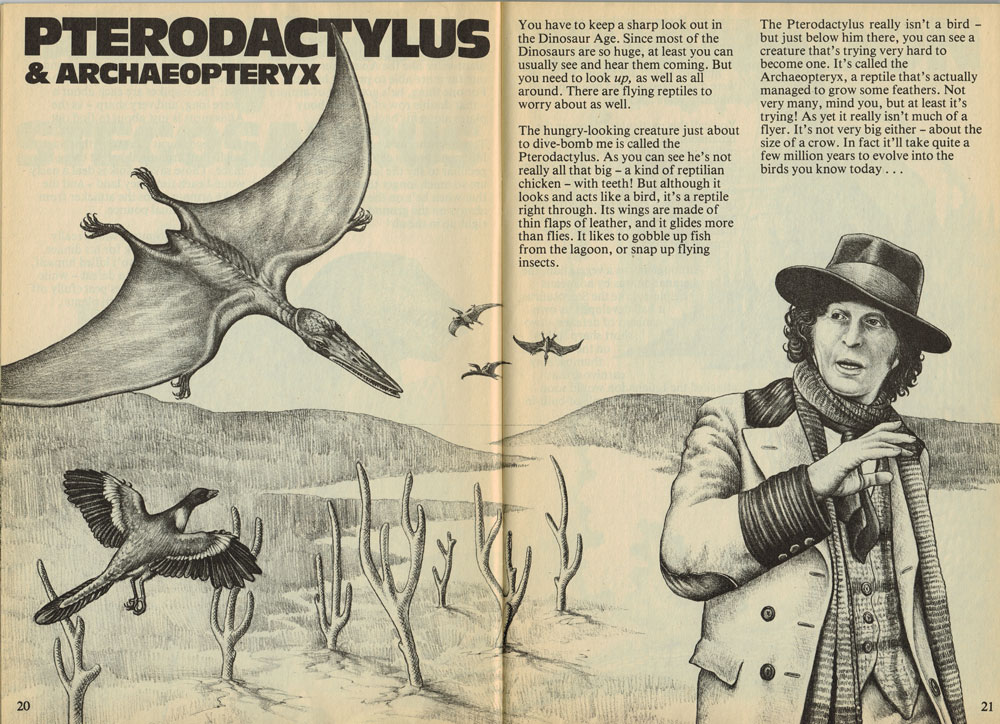
I must say, The Doctor seems pretty calm about the demon-nightmare Pterodactylus that’s about to crash into him. On the other hand, the Archaeopteryx actually looks pretty good, including its hands (which usually look like they were just glued onto its wings in books from this era). The weird part comes in the text, which calls out Archaeopteryx for not having enough feathers. I have no idea where exactly Archaeopteryx could grow more feathers if it wanted to (and The Doctor makes it clear that this Archaeopteryx really wants to). Maybe The Doctor thinks that birds’ beaks are feathers.
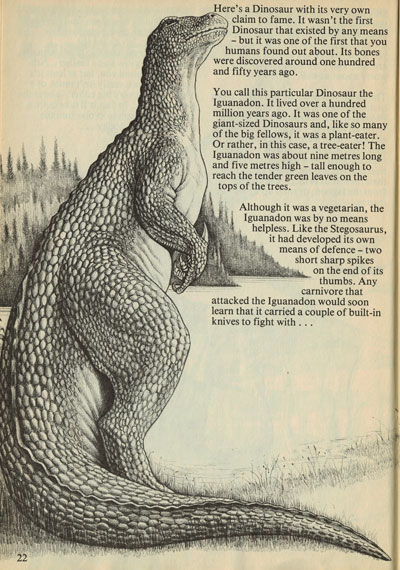
Now that’s the Iguanodon I fell in love with. I have no idea how anyone looked at Iguanodon’s skeleton and came always thinking it might have looked like that, but when I was first reading about dinosaurs in the early 1980s, it was images like this that made it my favorite dinosaur. Don’t get me wrong, I still love the giant cow of a dinosaur that we know it to be today, but this Iguanodon stands thoughtful, and noble, and has a curved thumb claw that would disembowel you faster than a ‘90s Velociraptor.
And that seems like a good note to end things on for now. We’re only half-way done, so come back on Wednesday when The Doctor makes a shocking discovery.
